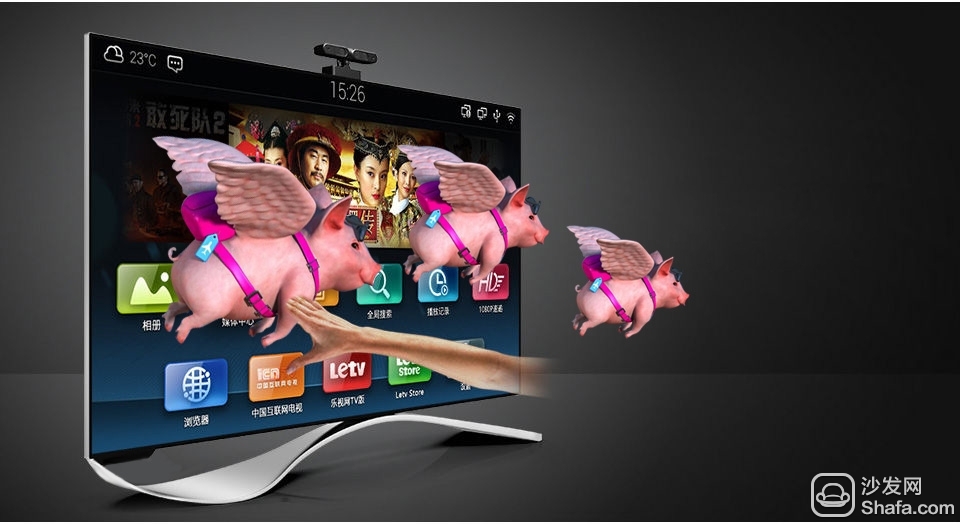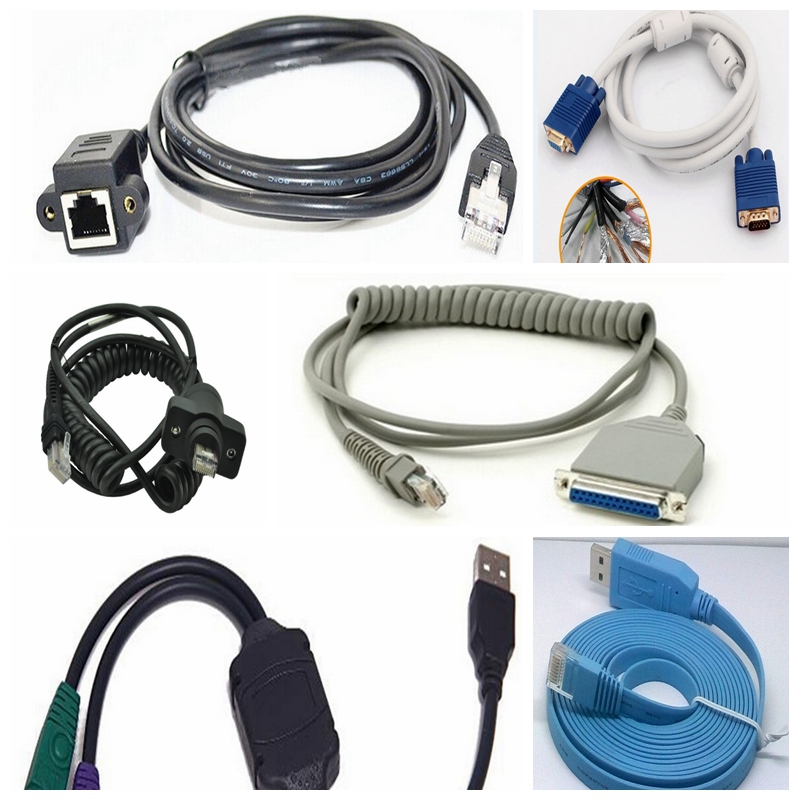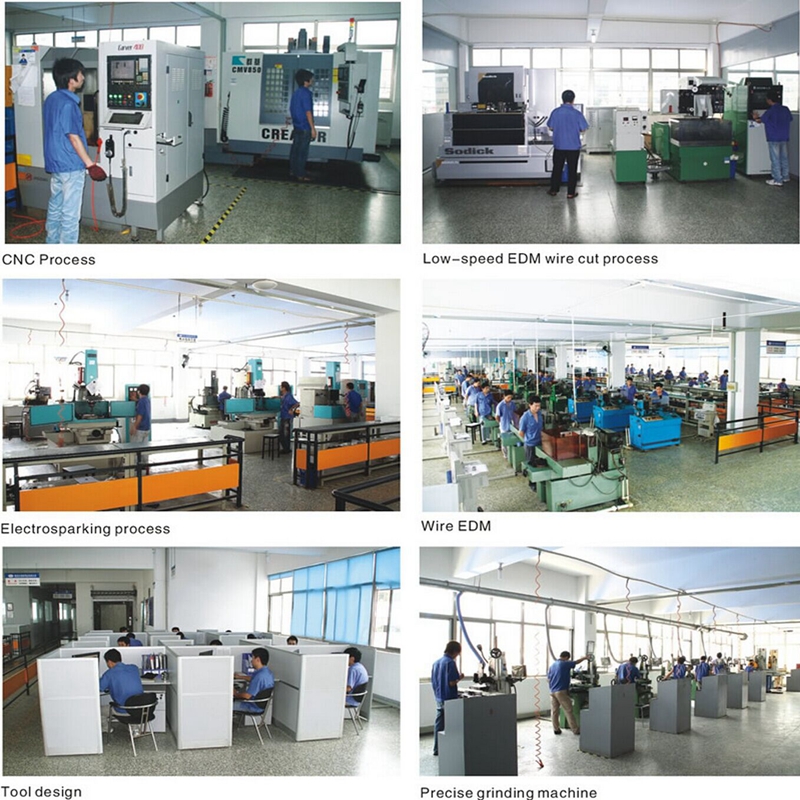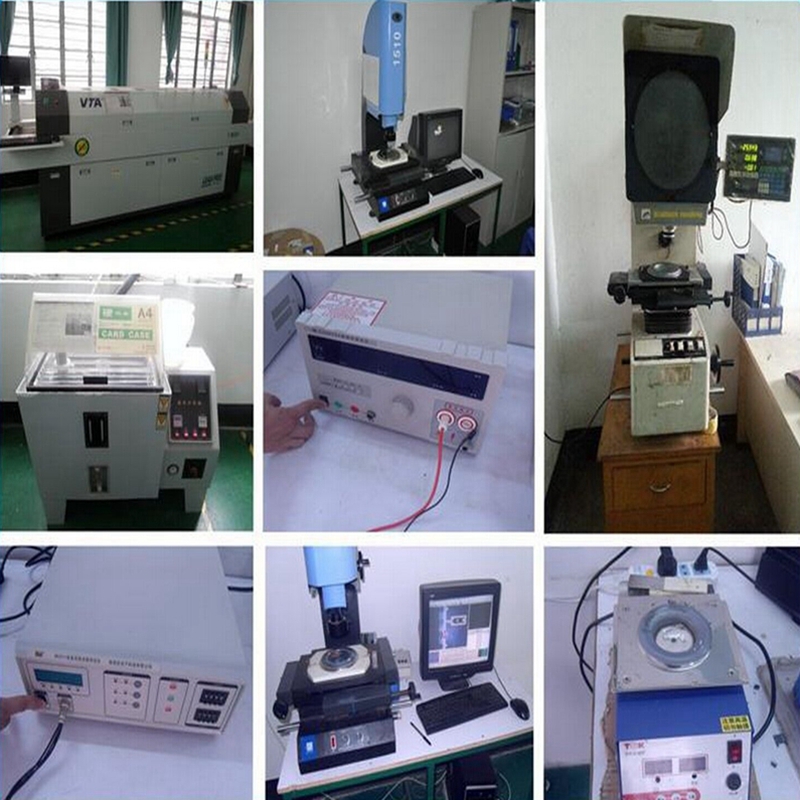Who will be the pig that will fly under the smart TV industry?
The successive joining of traditional IT giants, Internet companies, and even BAT has made the smart big-screen TV market a piece of cake.
At the same time, whether it is the huge number of living room entertainment users, or the temptation of the concept of smart home system, it also makes the competition in this market has become extremely fierce.
However, based on the different types of genes that result in different types of play and on the basis of unique business models, the smart TV market has finally transitioned to a stage where several major development models compete. Although the outcome is currently undecided and the competition is fierce, one by one, the final analysis is as follows.
Ancient altars need new recipes
It is undeniable that in the field of smart TV, traditional IT giants have the advantage of brands, channels, and supply chain that can only be brewed over time. It is precisely this kind of advantage that indicates that even if traditional TV manufacturers lose new technology support, they can still struggle in the consumer market for several years.
But the problem is that after a few years, the artillery of the revolutionary era has gone and changes may not be possible.
On the road of embracing the transformation of the Internet, the embarrassing situation faced by traditional home appliance manufacturers seems to be the Internet and the Internet.
For traditional home appliance manufacturers, the transformation of the Internet is undoubtedly the only way to adapt to the market and retain users, but it is the origin of "traditional", but also led to these IT giants without exception, the "Internet" this soft underbelly.
In terms of product R&D, most of the traditional manufacturers’ efforts are just “intelligent†in TV products, that is, using hardware manufacturing advantages, installing Android open systems, placing “Internet thinking†advertising labels, and then putting them on the market. .
However, the problem is that the user's experience value is not greatly improved in the "upgrading" of this product. It is out of the shackles of hardware support, and the lack of software, content, and experience in traditional IT giants will eventually lead to customer service. At the level of experience and experience.
Recently, it was reported that due to the unsatisfactory smart TV business, Lenovo Group withdrew its Smart TV Division in China. Obviously, the emergence of this decision is caused by a combination of factors. However, Lenovo itself is concerned that although its smart TV hardware products are still excellent, the lack of content experience under its products has dragged down the brand's comprehensiveness. Competitiveness.

Strong combination will inevitably result in losing both
After tentatively setting the format of the Internet giants BAT, other Internet companies and traditional manufacturers have shown their willingness to hold a thigh in order to find a successful "shortcut."
An entrepreneurial Internet company with no money and nowhere waiting to be acquired can be seen as finding a good home. However, the major traditional manufacturers of “famous fame†have also chosen BAT’s redemption, and it is inevitable that people will not be misunderstood that they are “insuredâ€.
Recently, Haier Ali II TV was formally announced. As another smart TV product that Haier and Ali cooperated with, Haier Ali II TV chose to maintain their independent advantages in the field of smart TV through modular design. Haier is responsible for hardware research and development. Alibaba gave software ecological support.
In this cooperation model, the traditional manufacturer apparently gave full play to its hardware advantages in smart TV products, while Internet companies continued the strong charm of their Internet genes. The strong alliance between the two parties seems to have brought about a leap-forward development and innovation for the smart TV industry. However, after analyzing the layers, it is not difficult to find that it is the lack of a service model in the product that has forced traditional manufacturers to start. Upstream hardware vendor transformation.
In the Internet giant, if there is no support for intuitive hardware products, such a long-term lack of "security" status will inevitably lead to its software content advantages gradually become "on paper". The end result will also be that once the product has a combination of problems, the two sides will take a break.
Transform the traditional self-built ecological model
In addition to the indispensable traditional home appliance manufacturers and Internet giants, the igniting of the smart TV industry has also sparked a lot of involvement from cross-border companies.
Earlier this year, Dr. Peng Peng, the broadband operator, announced the launch of his first smart television product, Barley TV, in order to enter the smart TV competition market through broadband services. However, after the content application service has become another benchmark for measuring smart TV products, the high-speed broadband advantage does not seem to be the killer of the overtaking industry.
In the field of smart TVs, it is clear that "combination of software and hardware" is the king that may win.
With the growing demand of users for smart TV applications, Le Vision, which has built an ecosystem to break the original corporate development model, has begun to become a representative of change agents in the smart TV field.
LeTV's biggest advantage in the field of smart TV is its own research and development of hardware products. It integrates hardware, software, content, and core applications in one step and creates a "platform" through the eco-industry chain collaboration under the Internet model. + Content + Terminal + Application "of the complete ecosystem.
What's more, unlike other companies' development models, the starting point for the profitability of LeTV in the whole industry chain is not the hardware product itself, but the back-end service content that can be continuously developed.
The success of this eco-game is also confirmed by Xiaomi’s subsequent re-raising of US$1 billion in complementary content resources and the recent low-key launch of low-priced millet 40-inch TVs.
Of course, in this competitive pattern of gradually formed products and business models, who can become the industry leader who has the most leading role and room for growth will follow the trend or the only path.
The Specification of USB Link Cable
1. Support above Windows2000 operating system,but does not support MAC operating system,if you needing.please use JD-P20MAC,does not support CD-ROM and sharing network,if you needing,please use JD-P20RW,does not support sharing K&M and operate to control the remote computer,if you needing,please use JD-P20KM.
2. Support USB2.0 data transfer,the speed is 16M/s
3. The length of the data cable is 1.8meter



USB Link Cable
Colorful ROHS Approved Micro USB Cable, High Speed Braided Micro USB Cable, High Quality Micro USB Cable, Micro USB Cable with New Design, Hot Sales Product of USB Cable, USB Cord Purchase Agent.
GREEN POWER INDUSTRY CO.LIMITED , http://www.connectorscable.com